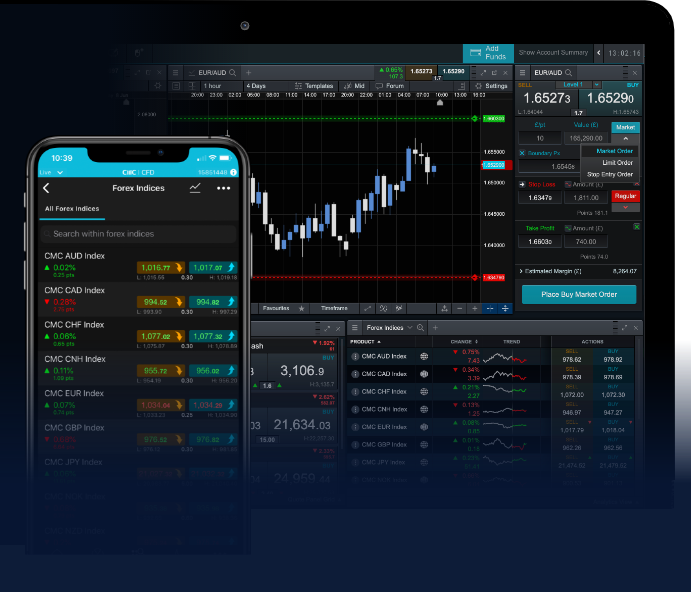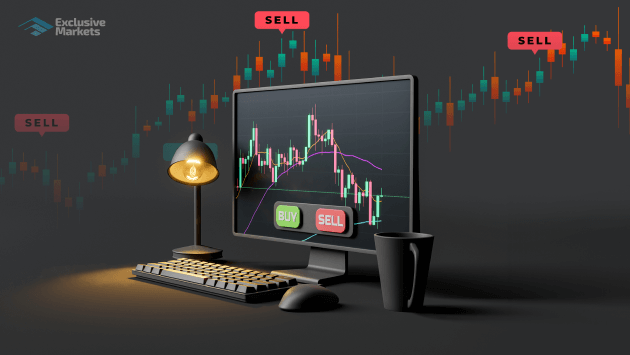
Essential Forex Trading Strategies for Beginners
Forex trading can seem daunting for beginners, but with the right strategies, it can become a rewarding endeavor. To help you start on the right foot, we will discuss some essential forex trading strategies for beginners that will empower you to navigate the foreign exchange market confidently. For a solid foundation, you may also want to explore different forex trading strategies for beginners Forex Trading Platforms that best suit your trading style.
Understanding the Forex Market
The forex market is the largest financial market in the world, trading currencies around the clock. The market is unique because it operates in pairs, meaning that you buy one currency while simultaneously selling another. Understanding how these pairs work is fundamental to creating successful trading strategies.
Getting Started: Education is Key
Before diving into trading, it’s crucial to invest time in educating yourself about the forex market. This includes understanding key concepts, currency pairs, pips, leverage, and much more. Many platforms offer free resources, tutorials, and demo accounts that provide practical experience without financial risk.
Choosing the Right Trading Strategy
There are several trading strategies that beginners can choose from. Here are a few of the most popular:
1. Scalping
Scalping refers to making numerous trades throughout the day to capture small price movements. This strategy requires high focus, quick decision-making, and a solid understanding of technical analysis. Scalpers often work with short timeframes and rely on leverage to amplify their returns.
2. Day Trading
Day trading involves entering and exiting positions within the same trading day. This strategy allows traders to capitalize on price movements without holding overnight risks. Day traders typically rely on technical analysis, using charts and indicators to inform their decisions.
3. Swing Trading
Swing trading is a medium-term strategy where traders aim to capture price swings over several days or weeks. This technique allows for fewer trades and requires less time commitment daily than scalping or day trading. Swing traders often use a combination of technical and fundamental analysis.
4. Position Trading
Position trading is a long-term strategy where traders hold positions for weeks, months, or even years. This approach requires patience, and traders often rely on fundamental analysis. Position trading is ideal for those who prefer a less intensive approach to forex trading.
Risk Management Strategies
Regardless of the trading strategy, managing risk is essential in forex trading. Here are some fundamental risk management techniques:

1. Set Stop-Loss Orders
Establishing stop-loss orders helps limit potential losses by automatically closing a trade at a predetermined price level. This allows you to manage your risk effectively and protect your trading capital.
2. Use Proper Position Sizing
Determining the right amount of capital to risk on each trade is crucial. A common rule is to risk no more than 1-2% of your trading account on a single trade. This way, you can sustain a series of losses without drastically impacting your account.
3. Diversification
Spreading your investments across different currency pairs can reduce risk exposure. By diversifying, you can protect your account from volatility in a single market, enhancing your overall trading strategy’s robustness.
Using Technical and Fundamental Analysis
Effective forex trading strategies often rely on technical and fundamental analysis:
Technical Analysis
Technical analysis involves studying past price movements and trading volumes to forecast future price actions. Traders often use charts and various indicators (like moving averages, MACD, RSI, etc.) to identify trading opportunities.
Fundamental Analysis
Fundamental analysis focuses on economic, social, and geopolitical factors that can influence currency prices. Traders examine economic indicators such as interest rates, GDP, employment data, and political events to make informed trading decisions.
Building a Trading Plan
A trading plan is vital for any trader, especially beginners. Your trading plan should include your trading goals, risk tolerance, trading strategy, and a clear set of rules for entering and exiting trades. A well-defined plan will help keep your emotions in check and guide your trading decisions.
Continuous Learning and Adaptation
The forex market is constantly evolving, and successful traders must adapt to changes and continue learning. Regularly review your strategies, analyze your trading performance, and stay informed about market trends and economic developments. Continuous education can vastly improve your trading skills and increase your chances of success.
Conclusion
Forex trading can be a rewarding yet challenging journey, especially for beginners. By understanding the market, choosing the right trading strategy, managing risks, and investing in continuous education, you can navigate forex trading with confidence. Remember to start with a demo account to practice your strategies in real-time without financial risk, and always stay disciplined in your approach to trading.




